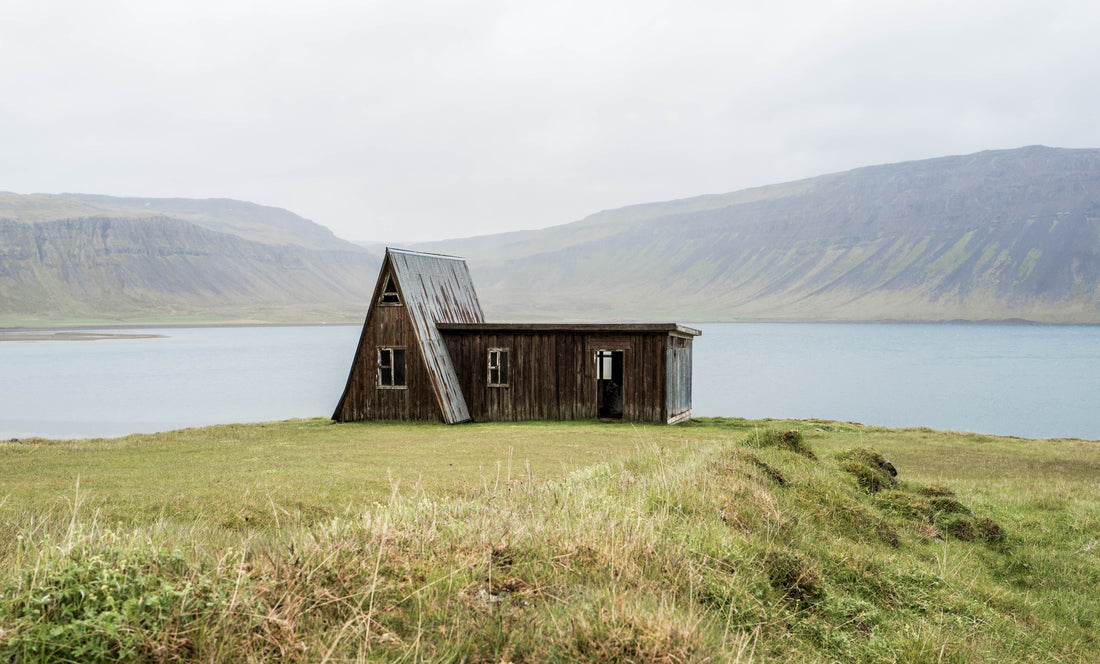Saunas, those enveloping chambers of warmth and tranquility, have a rich and diverse cultural history that spans continents and millennia. Beyond their undeniable appeal as spaces for relaxation and rejuvenation, saunas hold a significant place in the collective heritage of humanity. In this article, we delve into the worldwide culture of saunas, tracing their origins, exploring their various forms, and highlighting their enduring relevance in contemporary society.
The Origins of Sauna Culture
The concept of saunas finds its origins in the northern regions of Europe and Asia, notably in Finland, where saunas have been an integral part of the cultural fabric for over a thousand years. The Finnish word "sauna" itself has become synonymous with these heat baths. Saunas were originally dug into hillsides or constructed from rudimentary materials, reflecting their humble beginnings.
Saunas Across Continents
1. Scandinavia: In Scandinavia, saunas are deeply ingrained in the culture. In Sweden, saunas are known as "bastu," while in Norway, they go by the name "badstue." The Swedish tradition of "loyly" involves the act of throwing water onto heated stones to create steam, intensifying the sauna experience.
2. Russia: Russian banyas are akin to saunas and have been a part of Russian culture for centuries. The Russian banya often includes a "venik" or bundle of birch or oak branches used for gentle flagellation, believed to enhance circulation and skin health.
3. Japan: The Japanese "onsen" is a traditional hot spring, which can be thought of as a natural form of a sauna. Visitors to onsen resorts experience the therapeutic benefits of soaking in mineral-rich, naturally heated water.
4. North America: Native American cultures have their own variations of sweat lodges, which share similarities with saunas. These sweat lodges are used for spiritual ceremonies, purification rituals, and physical healing.
Sauna Culture Today
In contemporary times, saunas have evolved in response to changing lifestyles and technology. Traditional wood-fired saunas still exist, preserving the authenticity of the experience. However, innovations like electric saunas and the portable Hiki Sauna have made it easier for individuals to enjoy saunas in their own homes and while traveling.
The Health Benefits of Sauna Culture
The global culture of saunas is underpinned by the recognition of their myriad health benefits. Research has shown that regular sauna use can aid in stress reduction, relaxation, improved cardiovascular health, detoxification, pain relief, and enhanced sleep quality. Moreover, saunas are celebrated for their capacity to promote mental well-being and mindfulness.
Saunas: A Worldwide Phenomenon
Saunas have transcended geographical boundaries and cultural differences to become a universal symbol of relaxation and well-being. Whether you find yourself in the serene saunas of Scandinavia, the rustic banyas of Russia, or the spiritual sweat lodges of North America, the essence of saunas remains the same: a sanctuary for the body and soul.
As we continue to uncover the global culture of saunas, it becomes evident that these heated chambers have an enduring legacy. They unite us in our pursuit of health, relaxation, and the simple pleasure of unwinding in the comforting embrace of warmth. Saunas, with their rich and varied history, are not just a luxury; they are a testament to the timeless wisdom of holistic well-being.
Sources:
1. "Sauna." Encyclopædia Britannica, www.britannica.com/topic/sauna.
2. "Russian Banya." Russia Beyond, www.rbth.com/travel/328774-russian-banya-traditional-russian-sauna.
3. "Onsen: The Japanese Hot Springs." InsideKyoto.com, www.insidekyoto.com/onsen-japanese-hot-springs.
4. "Sweat Lodge." Native-Languages.org, www.native-languages.org/sweat.htm.
5. Laukkanen, Tanjaniina et al. "Sauna bathing and systemic inflammation." European Journal of Epidemiology, 2018, https://pubmed.ncbi.nlm.nih.gov/29350241/.

